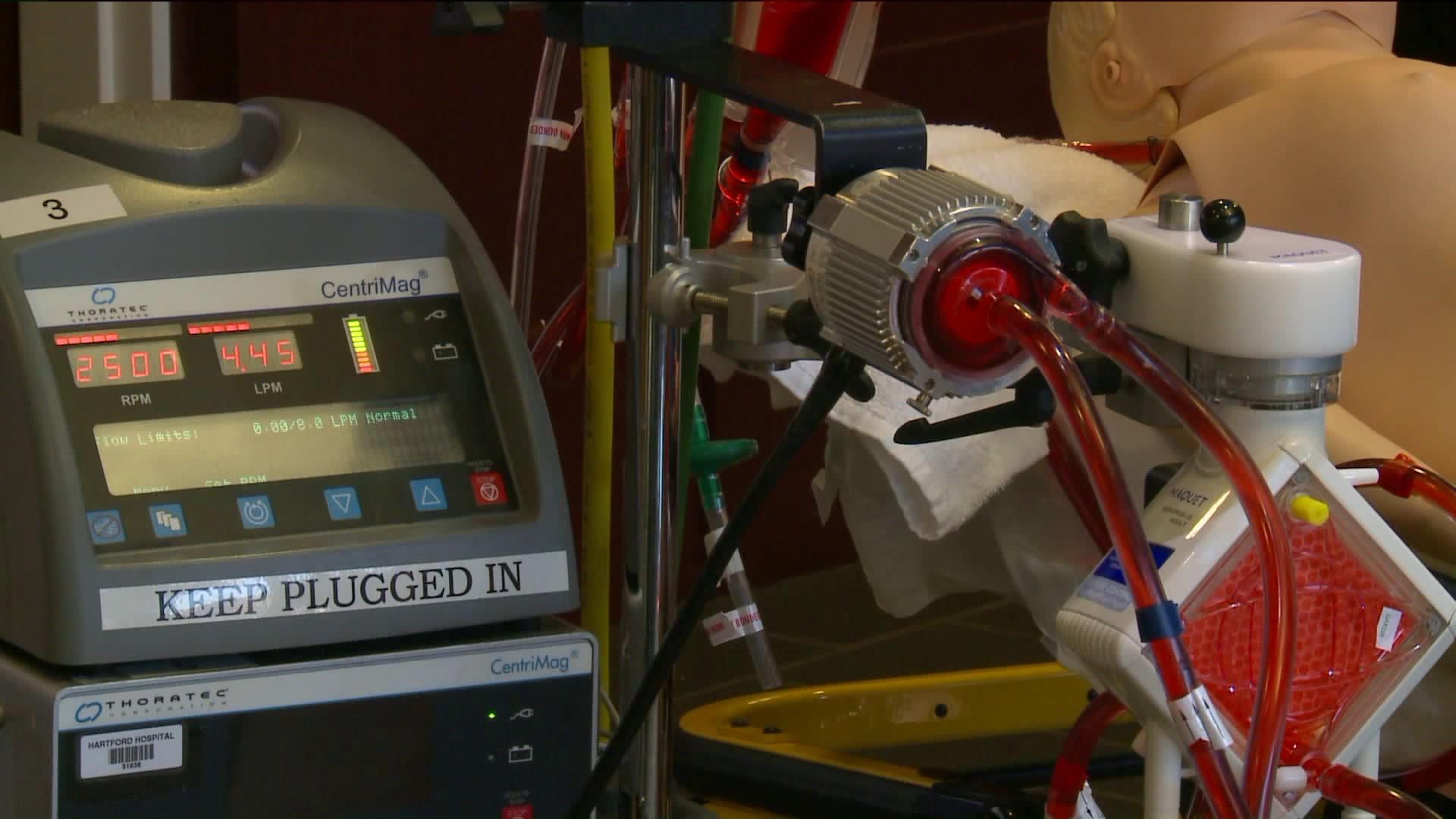This flu season is hitting every age group especially hard, children included, so it’s crucial for parents to know how to deal with the flu in children, especially because it’s not necessarily recommended that you run straight to the doctor’s office if you suspect your child has been infected, or even if you’re sure your child has been infected.
Nick Bennett, the director of the Infectious Diseases and Immunology Department at Connecticut Children’s Medical Center, said many children will display obvious signs of having the flu.
“So if your kids is really sick with a very high fever, sore throat coughing, wrapping themselves in blankets to stay warm, that’s very likely to be the flu this time of year,” he said, while also noting that symptoms can vary from child to child, making some cases less obvious.
“So the symptoms can be more subtle in the younger kids or in people who were immunized but that’s a good thing,” Bennett said.
Bennett said it’s good because parents ultimately need to base their decision on whether to see a doctor on the severity of the symptoms.
“Not every kid with the flu needs to see a doctor. In fact it can be a good thing to try to stay out of the waiting rooms so you don’t spread the virus any further,” he said.
As for the symptoms themselves, all of them should be noted and monitored, but Bennett cautioned against placing too much emphasis on one of the most obvious symptoms – the fever.
“The height of the fever is actually not as much of a concern as people think. 102, 103, 104 is normal for the flu, and isn’t necessarily a cause for concern,” Bennett said, “It kills the virus, the flu virus hates high temperatures. It doesn’t grow as well, it grown much better in our upper respiratory tract, which is a little bit cooler.”
However, fevers over 104 degrees are more worrisome, and definitely seek medical help if your child starts suffering febrile – or fever-induced – seizures.
As for symptoms to pay closer attention to, Bennett said breathing problems are a big one.
“We’re looking for respiratory distress, fast breathing, hard breathing, and in the younger kids you’ll see the skin getting sucked in between the ribs, which is what we call retractions,” Bennett said, “So the respiratory status, the respiratory retraction, the difficulty breathing, being very lethargic and difficult to wake up, those are red flags that you should be seen.”
If your child does have the flu, Bennett said that starting him or her on Tamiflu – an anti-viral medication – will help to minimize the exposure risk for the rest of the family.
“Start them on Tamiflu, because after a couple days, you’re going to be shedding a lot less virus than you would be otherwise,” he said.

